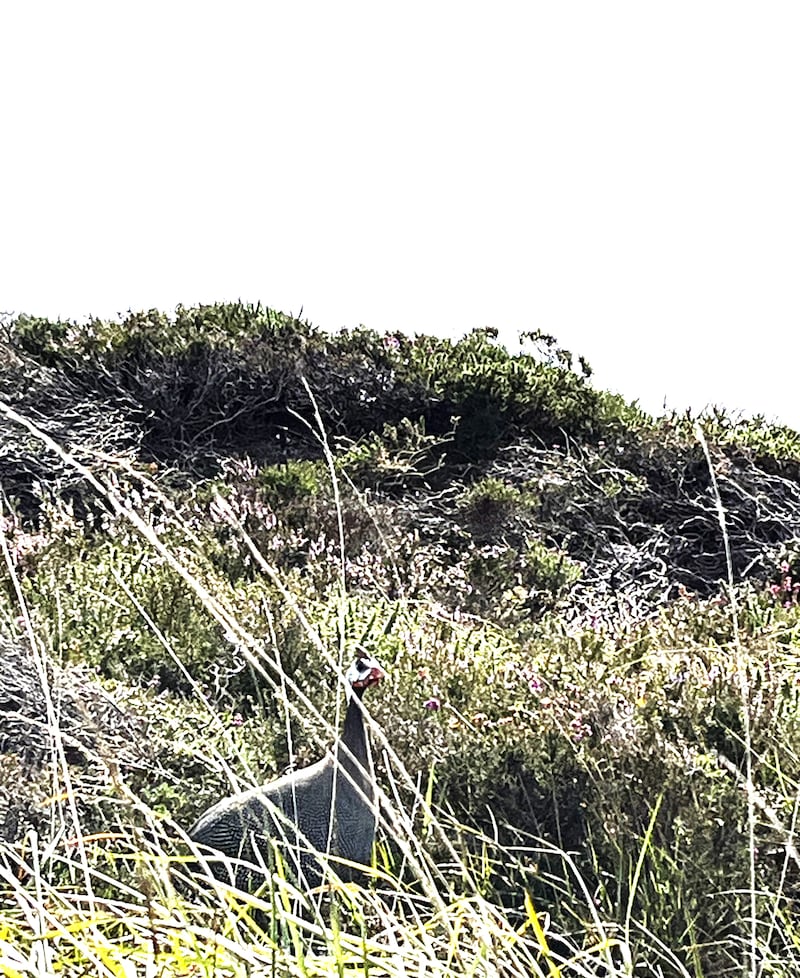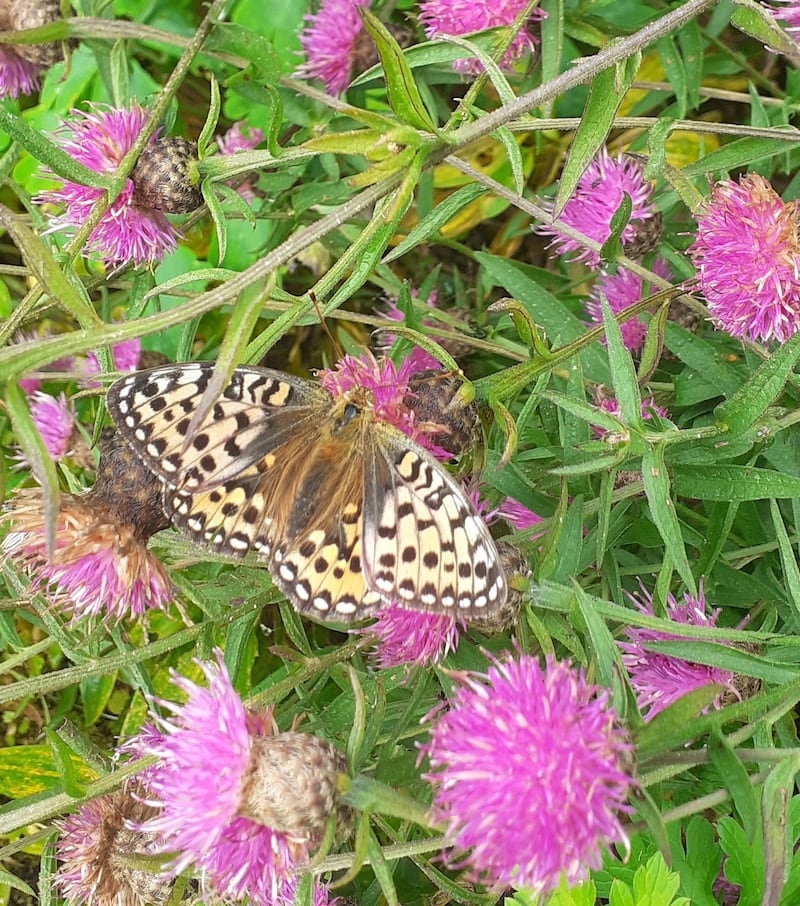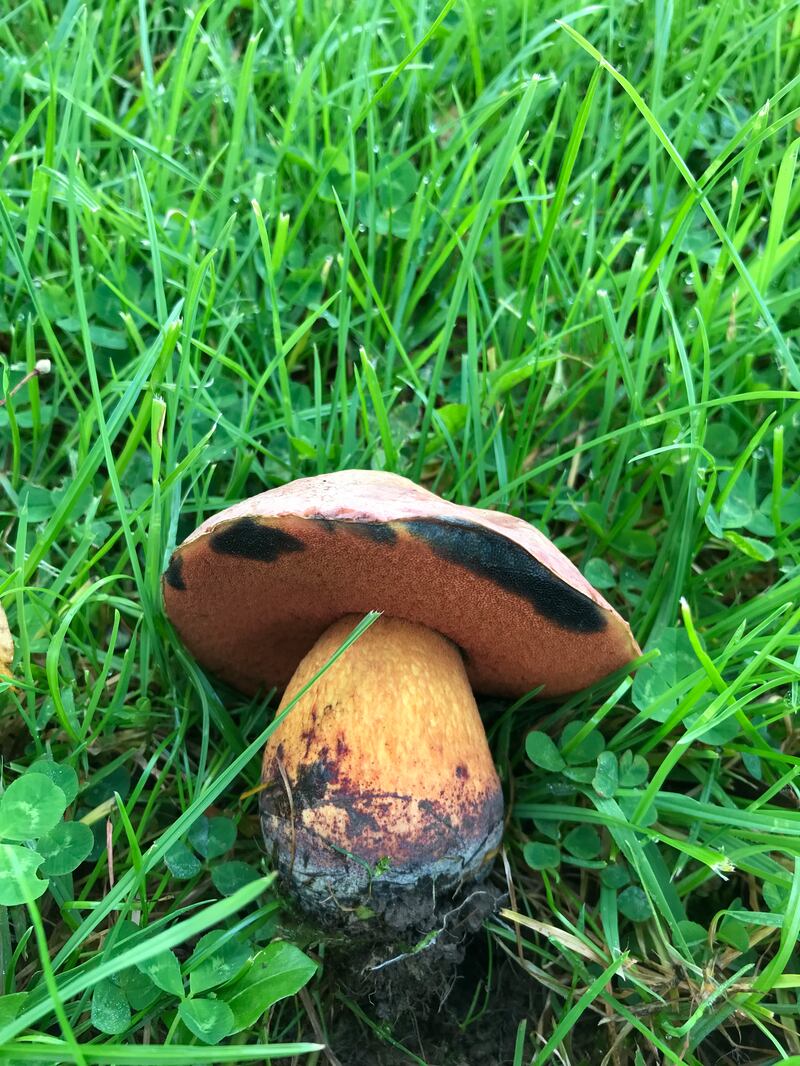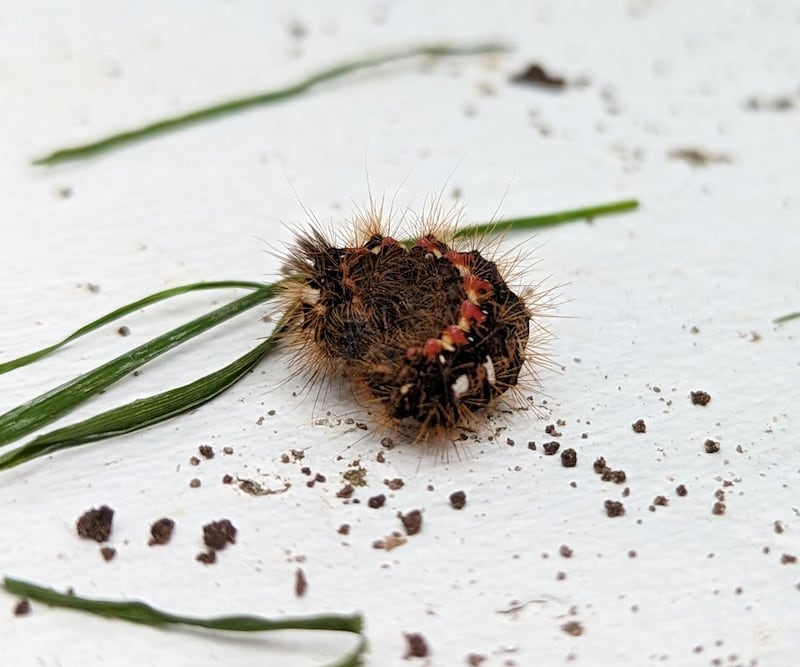I noticed this unusual type of clover in my garden. It has a much smaller flower than a usual clover and its leaves are serrated. Can you identify it?
Alison Kennedy, Dublin
It is Reversed Clover (Trifolium resupinatum), which is an annual clover often planted for use as fodder and hay in central and southern Europe, where it is native. It can reach 60cm in height and forms rosettes when grazed or mowed. It is a rare casual in Ireland. The National Biodiversity Data Centre hold seven records, two of them from Dublin.
I have been collecting conkers, as I have heard that they can be used to prevent spiders entering the house. Is this actually true?
Meadhbh Coleman, Cork
I wouldn’t bet the house on it. This is an old wives’ tale that has no scientific basis. There are several species of spiders that are part of the fauna of houses, and live there – inside – all year round, in seclusion. In autumn, the males become more obvious as they go looking for females to mate with. They are more to be pitied than feared, as many female spiders have cannibalistic tendencies…
[ Ireland’s natural environment facing ‘devastating’ biodiversity loss, TDs toldOpens in new window ]
I saw this wild bird along the Mass Path between Bunavalla and Derrynane beach. Not sure exactly what it is.
Barry Kenny, Co Kerry

It is a guineafowl, which must have escaped from captivity. They are native to Africa but have been widely domesticated.
This beauty was sitting on a patch of lovely knapweed in my garden last August. I thought it might have been a Marsh fritillary, but it didn’t have any orange colour. Please could you identify it.
Jenny Hickey, Co Cork

It is not a Marsh Fritillary butterfly, which is very rare here. That insect’s status is designated as vulnerable on the Red List of Irish Butterflies and listed on Annex II under the EU Habitats Directive. This, however, is a female Dark Green Fritillary, whose upperside wings need not be bright orange, as are those of the males. They can vary from pale orange to greyish white. The adults fly from early June to mid-September and females lay their eggs on Dog-violets. This one was having a refreshing sip of nectar from the Knapweed to keep her going.
We spotted this unusual fungus on a recent walk in Knocklyon in Dublin 16. Image search suggests Suillellus queletii, but this seems quite unusual for Ireland. Any idea if we’re right?
Pat Normile, Co Dublin

You were on the right track, or rather Image search was. It is indeed a Boletus, as this group of fungi were formerly known as, but it is the Lurid Bolete, Suillellus luridus, which has an olive brown cap, rather than S queletii, which has a brick red one. This one is known to cause gastric upsets, so I wouldn’t chance eating it. Widespread and common, usually seen in late summer/early autumn. A mycorrhizal species, occurring with deciduous trees in open woodland.
I found this caterpillar on our patio. Google says it’s the Knot grass. Is that right? Is it harmful for humans to touch it?
Áine Ní Mhuirí , aged 9

Google is actually right on this occasion. It is the caterpillar of the Knot grass moth. They feed on a wide variety of woody and herbaceous plants. They grow and burst their skins as they develop from one instar growth phase to the next. Each new skin is hairier than the last. By the time they cease feeding to become a chrysalis, they are very spiny indeed. I wouldn’t handle it in case I might be allergic to the spines, which after all are designed to deter predators.
Please submit your nature query, observation, or photo with a location, via irishtimes.com/eyeonnature




